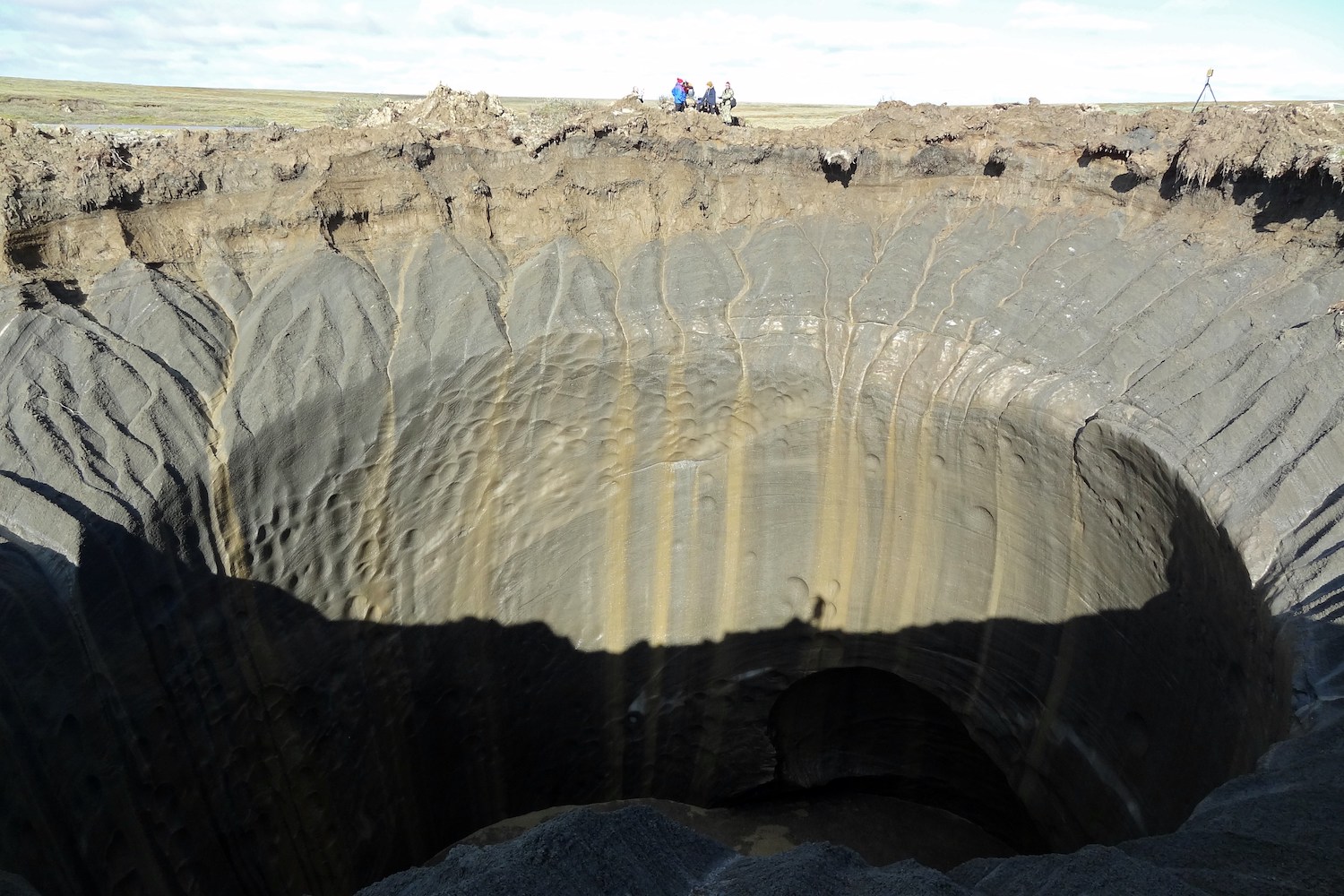As if the folks out on America’s east coast don’t already have enough to worry about after the onslaught of Hurricane Sandy, it now looks like last year’s magnitude-5.8 earthquake in Virginia was no anomaly. According to a report presented this week at the Geological Society of America’s annual meeting, the highly populated area around Washington, D.C. features a kind of ‘perfect storm’ of geological factors, that could amplify the effects of seismic activity. And worse still, the area also appears to be susceptible to landslides.
The earthquake, which was centered about 80 miles (130 km) southwest of Washington, was groundbreaking for two reasons: It was felt by more Americans than any previous tremor recorded, and it caused landslides over a wider area than any other recorded quake anywhere in the world. The quake was felt from Florida to southeastern Canada and as far west as Wisconsin.
And as Sid Perkins reports in Nature, seismologists are now worried about the next one:
Because of a variety of factors, including the age, type, temperature and density of the rocks underlying the eastern United States, seismic waves are transmitted more efficiently there than in the western states. The area shaken by the magnitude-5.8 quake was approximately the same size as that rocked by a much larger magnitude-7.2 tremor that struck Baja California in April 2010…
Normally, a 5.8 shouldn’t cause the kind of damage that was experienced in Washington and its outlying areas — an earthquake that caused tens of millions of dollars and rang the Washington Monument “like a tuning fork.”
According to geologist Donald Wells, this can be attributed to energy accelerations that are caused by this unique set of conditions. And in fact, it’s thought that this effect, what the seismologists refer to as a ‘preferential concentration and amplification of seismic energy’, could create earthquakes that are three to five times more powerful than what would normally be expected when looking at conventional Richter scale measurements — and in a highly populated region of the United States.
Part of the surprise has to do with the fact that seismic activity isn’t normally studied on the East coast. But as last year’s quake suggests, that will likely change, including the deployment of more seismic scales in the Washington region.
Moreover, the quake triggered rockfalls across an unexpectedly wide area. These landslides weren’t large, and they didn’t cause any damage or injuries, but the scale was tremendous. Normally, a 5.8 would trigger rockslides across an area 37 miles (60 km) from the epicenter, but this one caused them as far as 152 miles (245 km) away.
Be sure to read Perkins’s entire report in Nature.
Top image: AP Photo/J. Scott Applewhite. Inset image via USGS.













